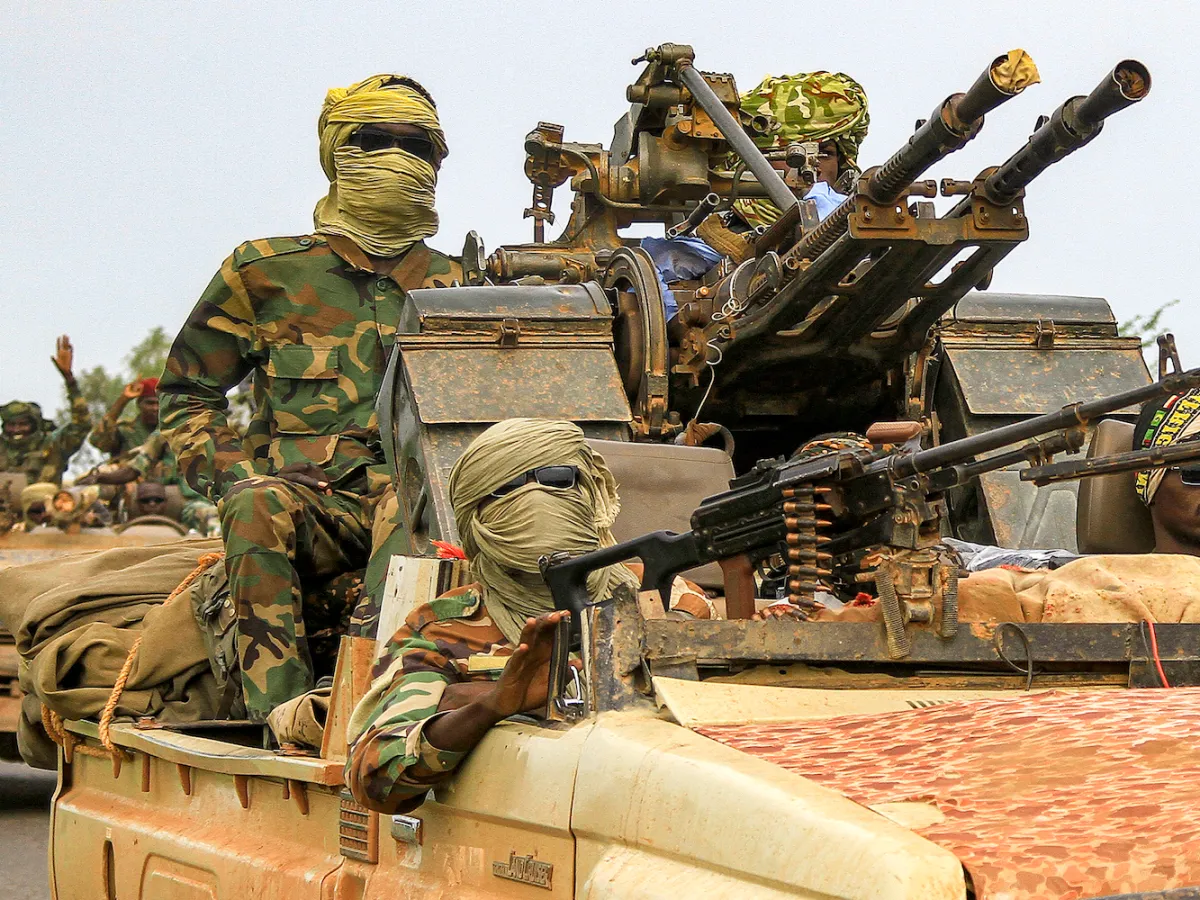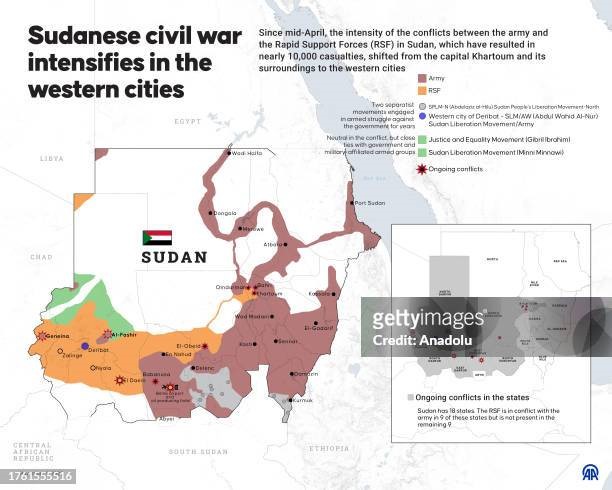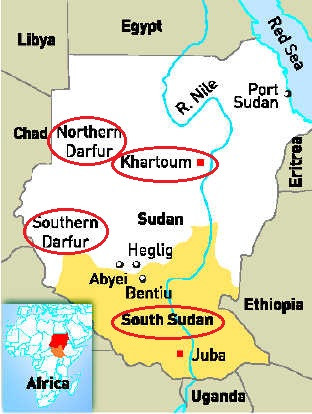Free Courses Sale ends Soon, Get It Now


Free Courses Sale ends Soon, Get It Now



Disclaimer: Copyright infringement not intended.
Context:
Historical Context of Sudan’s war:


Major causes of the Sudan War:
Conclusion:
Source
|
PRACTICE QUESTION Q) How has the historical legacy of ethnic and regional marginalization contributed to the persistence of the civil war in Sudan, and what measures can be taken to address these root causes and promote sustainable peace and reconciliation?(250 words) |
© 2024 iasgyan. All right reserved